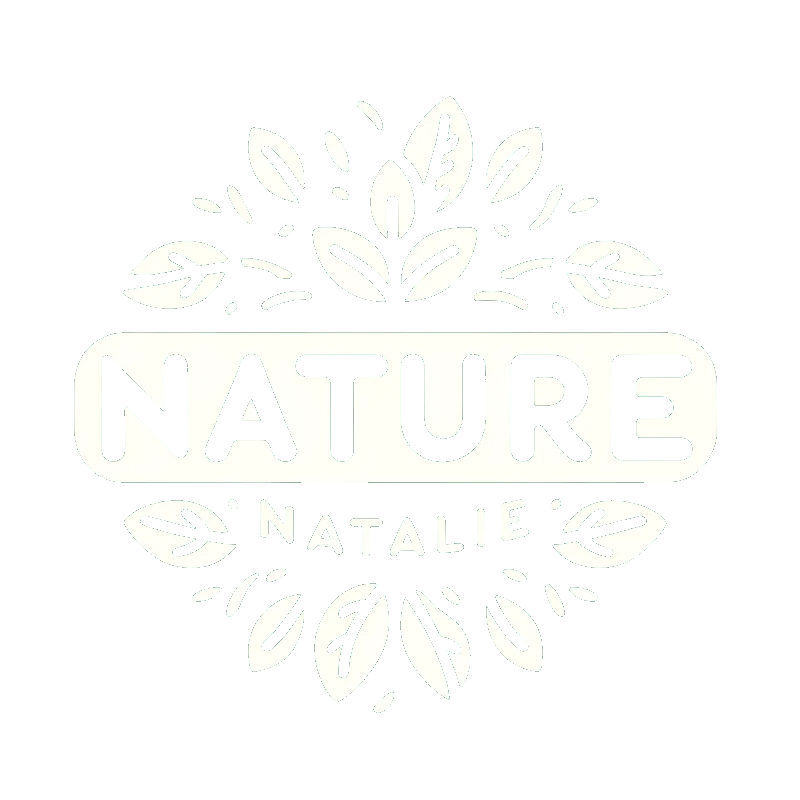No Forest? No Problem: 4 Green Space Alternatives
I was incredibly fortunate to work at a school located right next to a large park, but most schools are not as well-situated for an outdoor education program. Here are four alternative green spaces that you can use in lieu of a traditional forest.
City Park
A nearby park or green space is a great alternative to a full-fledged forest. Ideally you’ll find a park that is within walking distance of your school, but if not, consider taking public transportation to get your class to a park at least once a month. Remember to always assess a park for safety and accessibility.
School Garden
If leaving campus is not an option, you can create an interactive green space at your school. Education Outside has excellent resources for starting a school garden. If you work at a public school, Donors Choose can help you get the materials and supplies for your garden. Let’s Move (Michelle Obama’s former healthy eating advocacy organization) has a fabulous School Garden checklist. The Center for Ecoliteracy and Life Lab collaborated to create a comprehensive guide for starting a school garden and outdoor classroom. And the Edible Schoolyard Project maintains an excellent Resource Library of lesson plans and other materials for school gardens.
The Schoolyard
A formal garden is not strictly necessary for forest school lessons. Just being outside is the most crucial part of connecting kids to nature, and you’ll be amazed at how much plant and animal life kids can find in a concrete jungle. Other ways to enjoy nature on the playground are observing the weather, experimenting with shadows, and practicing navigating with a compass.
The School’s Neighborhood
Occasionally a school campus really and truly is devoid of nature. In this case, I recommend heading outside the school grounds to the streets immediately surrounding the school. Odds are you will be able to find at least a few trees or patches of grass, and in a pinch these can work as your outdoor classroom.
